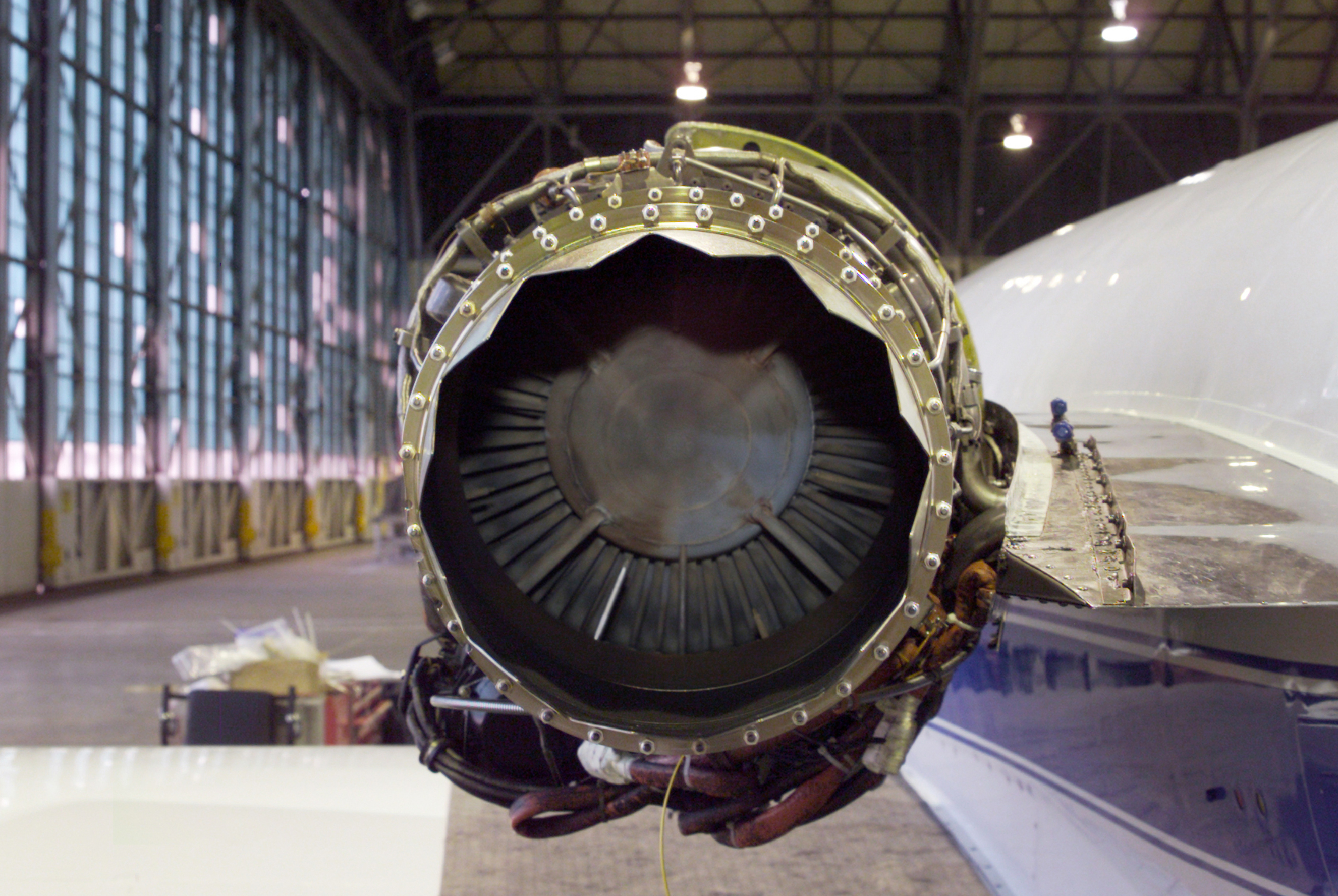Nasa
1M
153

Image Credit: Nasa
NASA’s Chevron Technology Quiets the Skies
- NASA conducted groundbreaking flight tests in March 2001 on a Learjet equipped with a chevron nozzle to reduce aircraft noise levels.
- These tests were pivotal in validating the effectiveness of chevron nozzles in lowering noise for modern aircraft and communities.
- The research on noise reduction dates back to the 1950s, with a significant focus in the 1970s due to noise-limiting mandates.
- NASA researchers discovered that chevron nozzles, inspired by military technology, could effectively reduce engine noise by improving air mixing.
- Collaboration with engine manufacturers led to the development and testing of various chevron designs at NASA's Aero-Acoustic Propulsion Laboratory.
- Flight tests on the Learjet demonstrated the effectiveness of chevron nozzles, with only a minor impact on thrust performance.
- The successful flight tests paved the way for commercial implementation of chevron technology in aircraft engines, starting with GE's CF34-8.
- The ease of integration and minimal impact on thrust made chevron technology a game-changer in noise reduction for airliners like the 737 MAX and 787 Dreamliner.
- NASA awarded the team involved in the flight tests an innovation award for their contributions to noise reduction technology.
- Today, chevron nozzles are instrumental in lowering noise levels near airports and continue to be incorporated into newer aircraft engine designs.
Read Full Article
9 Likes
For uninterrupted reading, download the app